Why Laminated Aluminium Foil Packaging is Essential for Food Preservation and Sustainability
Laminated aluminium foil packaging has emerged as a critical solution for food preservation and sustainability in the modern packaging industry. According to the latest market research report by Grand View Research, the global aluminium foil packaging market is projected to reach USD 39.4 billion by 2025, driven primarily by the growing demand for flexible packaging that enhances shelf life and minimizes food waste. This trend underscores the urgent need for innovative packaging solutions in combating food spoilage and supporting sustainable practices.
Experts in the field, such as Dr. Emily Roberts, a leading packaging technologist at the Institute of Food Science, emphasize the importance of laminating processes in enhancing the barrier properties of aluminium foil. Dr. Roberts notes, "Laminated aluminium foil packaging not only preserves food quality but also reduces environmental impact by lowering the need for preservatives and minimizing waste." Her insights highlight the dual benefits of laminated aluminium foil: it safeguards food integrity while contributing to a more sustainable future.
As society increasingly prioritizes sustainability alongside quality, the role of laminated aluminium foil packaging in the food industry becomes ever more significant. This innovative packaging solution not only extends the longevity of products but also aligns with global efforts to reduce food waste, making it an essential component of modern food preservation strategies.
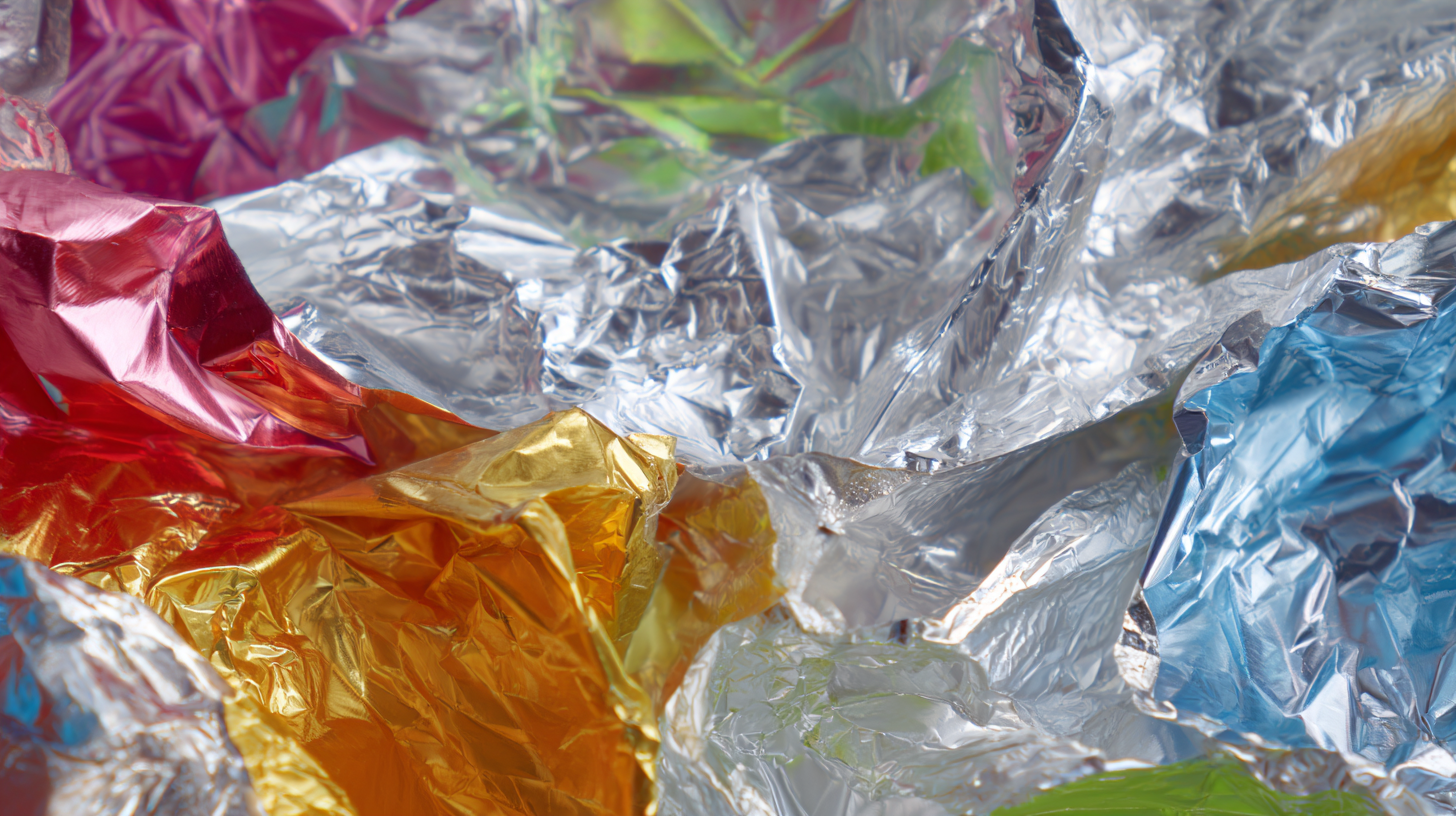
The Role of Laminated Aluminium Foil in Keeping Food Fresh
Laminated aluminium foil plays a critical role in food preservation by providing an effective barrier against various external factors. Its unique properties, such as light weight, malleability, and resistance to moisture, create an optimal environment for keeping food fresh. When food is packaged in laminated aluminium foil, it is shielded from oxygen, which can lead to oxidation and spoilage. This extends the shelf life of perishable items, ensuring that consumers enjoy fresher and more nutritious products.
Sustainability is another important aspect of laminated aluminium foil packaging. It is highly recyclable, reducing the overall environmental impact compared to other materials. By effectively preserving food, it minimizes waste generated from spoiled items, aligning with eco-friendlier practices. The lightweight nature of laminated aluminium also reduces transportation costs and carbon emissions, as less energy is required for shipping. As consumers increasingly seek sustainable options, laminated aluminium foil packaging offers a practical solution that prioritizes both food quality and environmental responsibility.
Why Laminated Aluminium Foil Packaging is Essential for Food Preservation and Sustainability - The Role of Laminated Aluminium Foil in Keeping Food Fresh
| Food Type | Shelf Life (Days) | Packaging Type | Sustainability Rating (1-5) |
|---|---|---|---|
| Dairy Products | 7-14 | Laminated Aluminium Foil | 4 |
| Snack Foods | 30-60 | Laminated Aluminium Foil | 5 |
| Frozen Foods | 90-180 | Laminated Aluminium Foil | 3 |
| Baked Goods | 3-7 | Laminated Aluminium Foil | 4 |
| Ready-to-Eat Meals | 7-30 | Laminated Aluminium Foil | 5 |
Benefits of Laminated Aluminium Foil for Environmental Sustainability
Laminated aluminium foil packaging plays a critical role in enhancing environmental sustainability while ensuring food preservation. The composite nature of laminated foils allows for a significant reduction in material usage, minimizing waste generation compared to traditional packaging options. This efficient design not only conserves resources but also lowers the carbon footprint associated with production and transportation. By providing excellent barrier properties against moisture, light, and oxygen, laminated aluminium foil extends the shelf life of food products, reducing spoilage and food waste, which are major contributors to greenhouse gas emissions.
Furthermore, aluminium is a highly recyclable material, and the use of laminated foil packaging promotes a circular economy. After its initial lifecycle, the foil can be easily collected and recycled, which conserves raw materials and energy while reducing landfill contributions. Compared to other materials, aluminium can be recycled repeatedly without losing quality. This attribute makes laminated aluminium foil an environmentally friendly choice, aligning with sustainable practices and promoting responsible consumption. As consumers become increasingly aware of their environmental impact, the shift towards laminated aluminium foil packaging represents a significant step toward a more sustainable future in food preservation.
Benefits of Laminated Aluminium Foil Packaging for Food Preservation and Sustainability
How Laminated Aluminium Foil Enhances Shelf Life of Various Foods
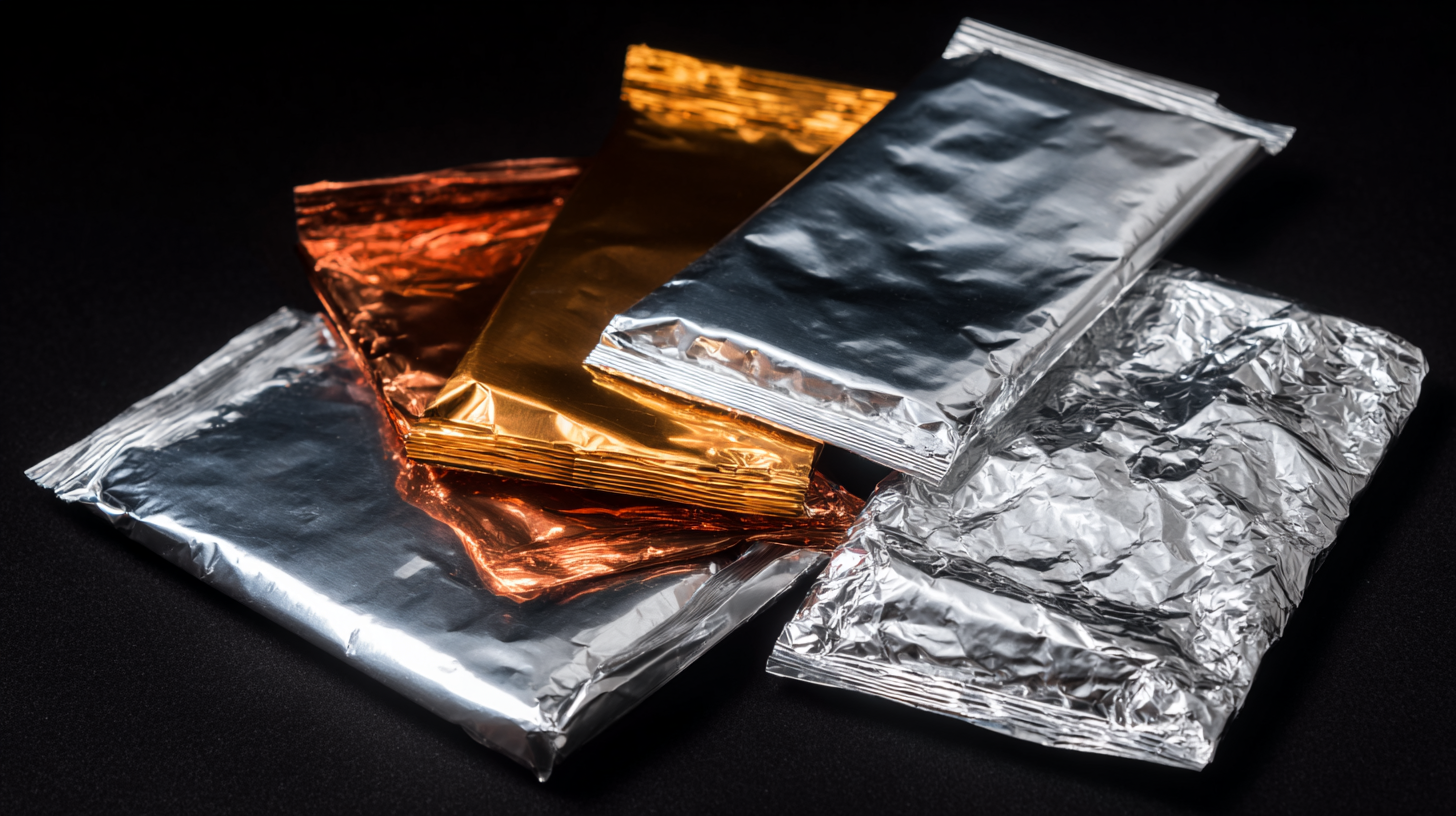 Laminated aluminium foil packaging plays a pivotal role in enhancing the shelf life of various foods by providing a robust barrier against moisture, light, and oxygen. According to a report by Research and Markets, the global food packaging market is projected to reach $500 billion by 2025, with a substantial portion attributed to foil packaging due to its superior performance in preserving food quality. The multilayer construction of laminated aluminum foil effectively inhibits oxidation, which is a primary factor in food spoilage, allowing products to retain their freshness for extended periods.
Laminated aluminium foil packaging plays a pivotal role in enhancing the shelf life of various foods by providing a robust barrier against moisture, light, and oxygen. According to a report by Research and Markets, the global food packaging market is projected to reach $500 billion by 2025, with a substantial portion attributed to foil packaging due to its superior performance in preserving food quality. The multilayer construction of laminated aluminum foil effectively inhibits oxidation, which is a primary factor in food spoilage, allowing products to retain their freshness for extended periods.
In addition, laminated aluminium foil is highly effective in reducing food waste, a critical concern in the food industry. The Food and Agriculture Organization (FAO) estimates that approximately one-third of all food produced globally is wasted, with inadequate packaging being a significant contributor. By using laminated aluminium foil, food manufacturers can significantly extend the shelf life of perishable items, such as snacks and ready-to-eat meals. This not only minimizes waste but also contributes to sustainability efforts in the food industry, as longer-lasting products reduce the frequency of production and distribution, ultimately lowering the carbon footprint associated with food transport and storage.
Innovative Uses of Laminated Aluminium Foil in the Food Industry
Laminated aluminium foil packaging has garnered significant attention for its innovative applications in the food industry. Its remarkable barrier properties help to preserve food by keeping out moisture, light, and oxygen, which are critical factors in maintaining freshness. Furthermore, due to its lightweight nature, laminated aluminium foil reduces transportation costs and energy consumption, making it an excellent choice for sustainable practices. From vacuum-sealed meals to convenient single-serve packets, the versatility of this packaging material supports a wide range of food products.
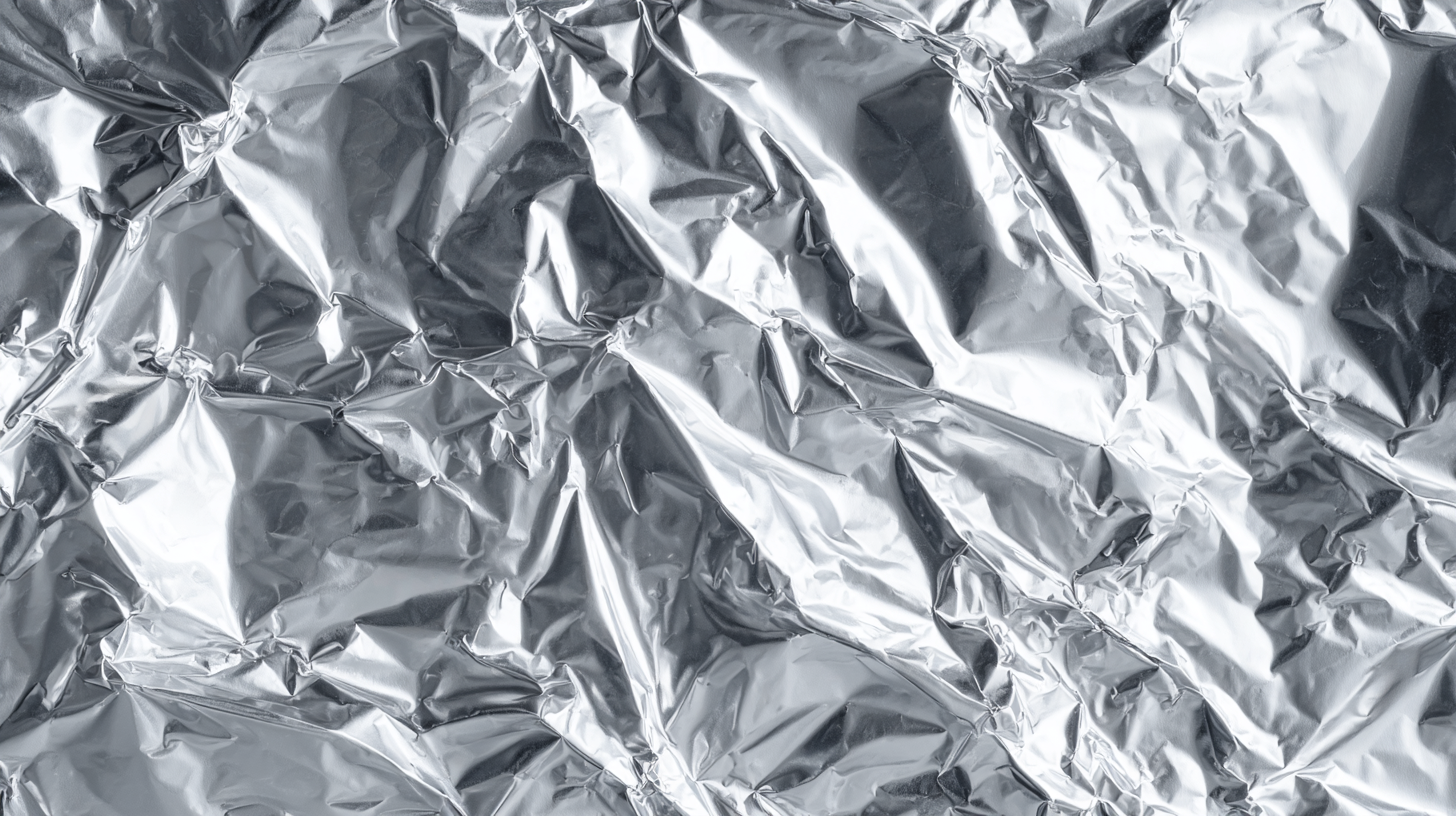
Tips for using laminated aluminium foil include ensuring that the sealed edges are tight to maximize freshness and prevent contamination. Additionally, when utilizing foil for heating or cooking, it's crucial to follow guidelines to avoid potential health hazards. For optimal storage, consider using resealable foil pouches, which not only safeguard the contents but also promote reusability, aligning with sustainability goals. Embracing these practices can enhance food safety and contribute to a more eco-friendly food industry.
Consumer Awareness: Recognizing Quality in Aluminium Foil Packaging
When it comes to food preservation, understanding the quality of
laminated aluminium foil packaging is crucial for
consumers. High-quality aluminium foil not only protects food from
external elements but also helps in maintaining its freshness and
nutritional value. Awareness about the specific qualities of aluminium
foil can lead consumers to make better choices that align with their
health and sustainability goals.
Tips for choosing quality aluminium foil packaging include looking for products that mention
"laminated" or "multi-layer"
constructions, as these provide superior barrier properties against moisture, light,
and oxygen. Additionally, check for certifications that ensure the packaging is made from
food-grade materials. Opting for brands that prioritize
eco-friendly practices can also contribute to sustainability, minimizing the environmental
impact while safeguarding your food.
By recognizing these key features, consumers can positively impact their food storage
habits while supporting sustainable packaging practices. Learning how to identify quality
aluminium foil can empower consumers not just to preserve their food effectively,
but also to make choices that support a healthier planet.
Related Posts
-
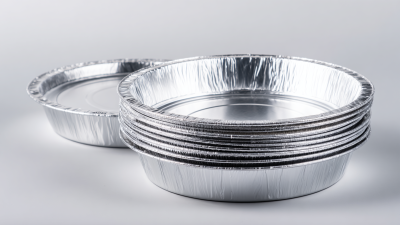
Exploring the Benefits of Laminated Aluminium Foil Packaging for Food Preservation
-
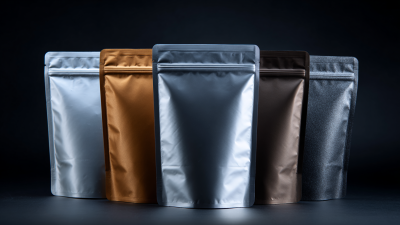
Transform Your Packaging Game with Aluminium Foil Stand Up Pouches for Freshness and Appeal
-
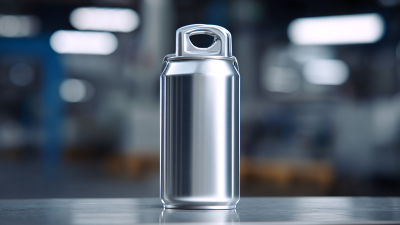
The Sustainable Future of Aluminium Spout Pouches in Packaging Innovation
-
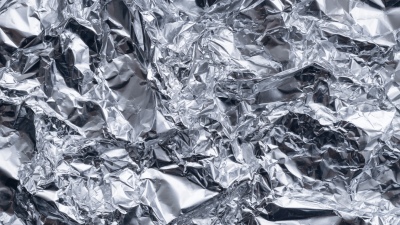
Understanding the Benefits of Using Aluminum Foil for Food Preservation and Packaging
-
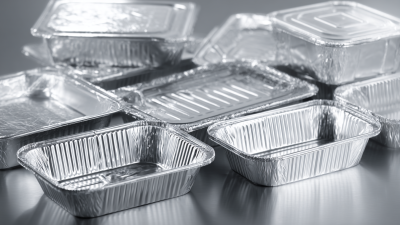
How Aluminium Packaging for Food Enhances Freshness and Reduces Waste: An In-Depth Look
-

Top 10 Benefits of Aluminium Blister Packaging for Pharmaceutical Products
